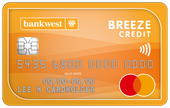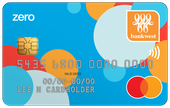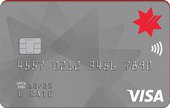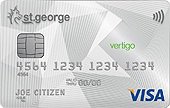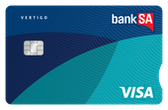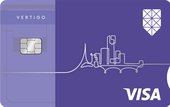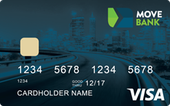Low interest credit cards have a lower-than-average interest rate. Most credit cards issued in Australia charge a high rate of interest on unpaid balances carried from one month to the next. Many charge an APR of between 19% p.a. and 22% p.a. on unpaid purchases balances. However, most card issuers offer at least one low interest card, where the interest charged on carried-over balances is much lower than normal, typically between 11%-14% p.a. This is, of course, only a low interest rate in relative terms, when compared with most other credit cards. It's still a high rate of interest when compared with home loan rates or many personal loan rates.
Low interest usually means low benefits
As a trade-off against the low interest rate, a low rate credit card will also be lacking in the attractive benefits that usually accompany cards with a high rate of interest. You won't find a low interest card loaded with complimentary benefits like international travel insurance plus airport lounge access, free flights and a concierge service, or one that earns reward points or frequent flyer points at a fast rate. However, there are one or two cards that offer low interest plus travel insurance, or low interest plus reward points.
Low interest or no interest?
The best way to use a credit card is to pay no interest charges at all, by repaying your account balance in full and on time every month.
Every credit card issued in Australia has a grace period on purchases – known as 'interest-free days' – which will typically be up to either 44 or 55days, depending on the card's Terms & Conditions. This grace period is the time which elapses between the date of a credit card purchase transaction and the date on which the monthly repayment is due, but it is only granted when the previous month's closing balance was repaid in full and on time. If, for example, you had no unpaid balance on your account and then made just a single purchase during the month, on the first day of the monthly billing cycle, you would usually be entitled to between 44 and 55 interest-free days before you were required to make any repayments.
This means that you can use the bank's money absolutely free of charge for up to 44 or 55 days if you always repay your monthly balance in full and on time. But if your financial circumstances mean that you will sometimes (or always) need to use your credit card as a revolving line of credit, paying interest on a balance carried over from month to month, then a low interest card will be your recommended choice.
